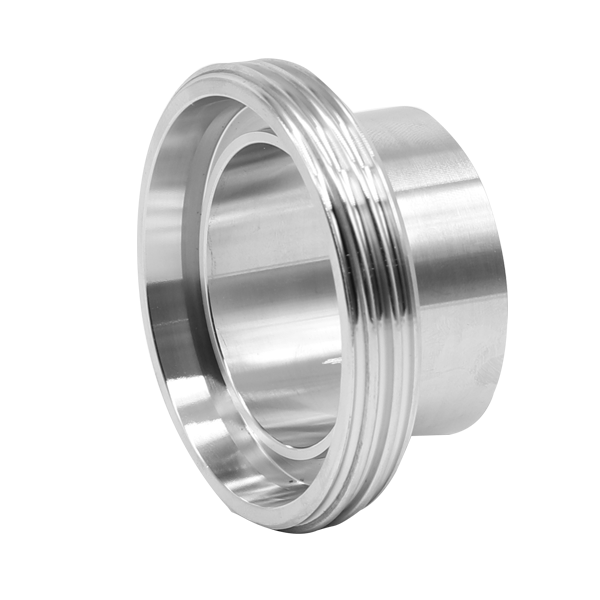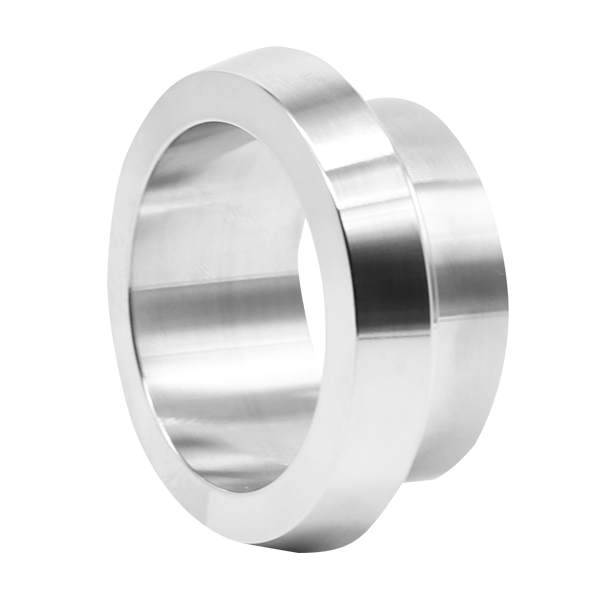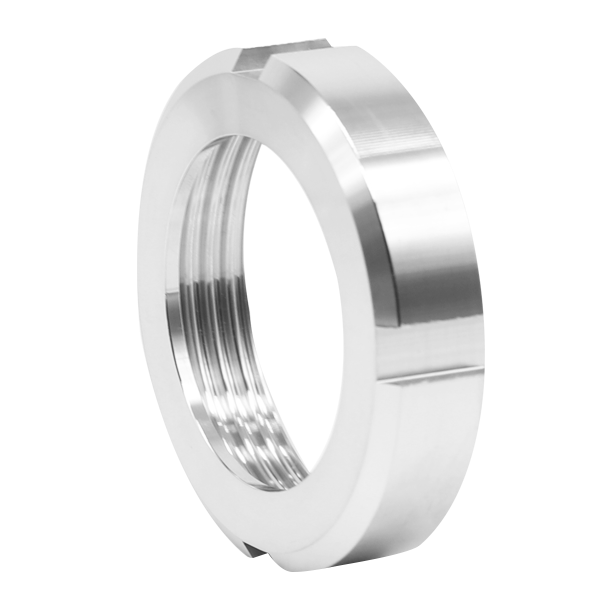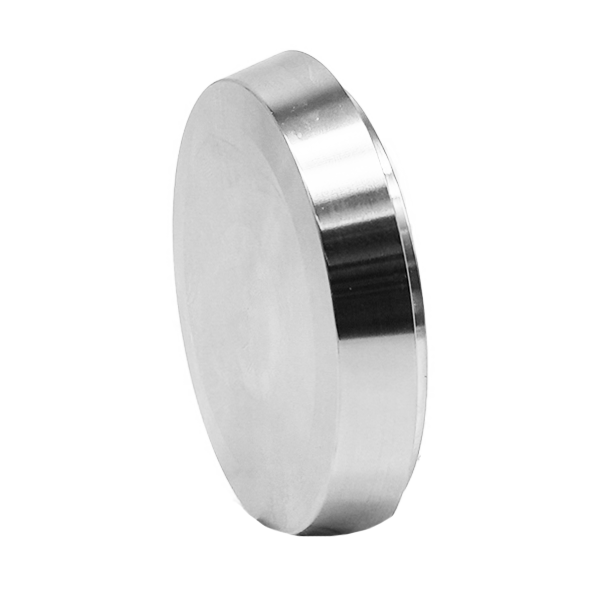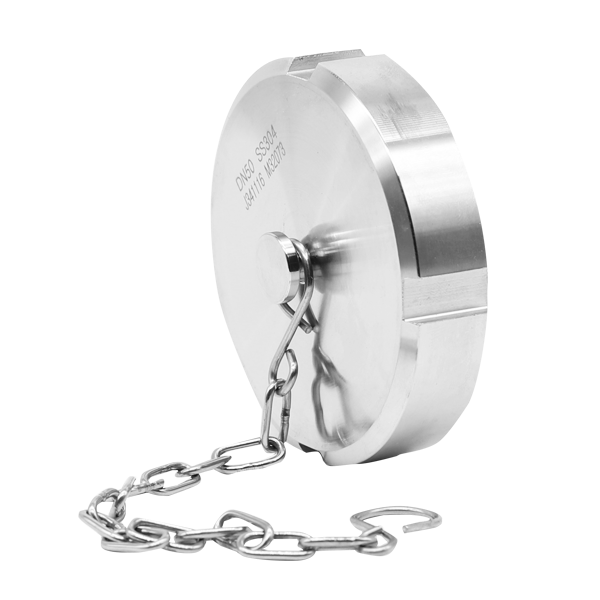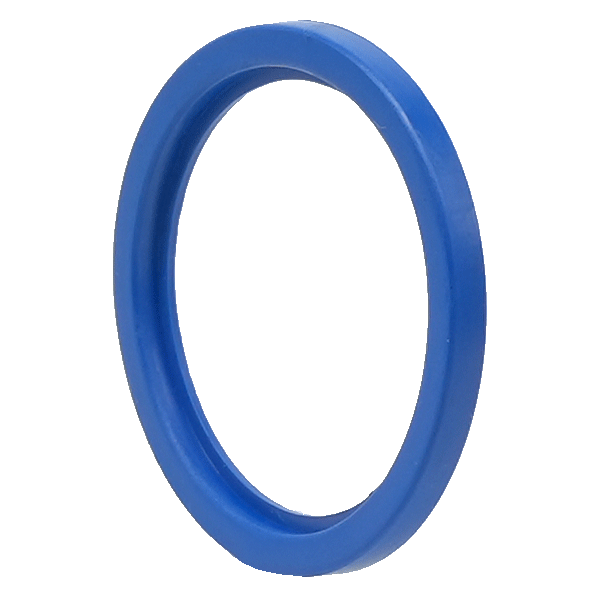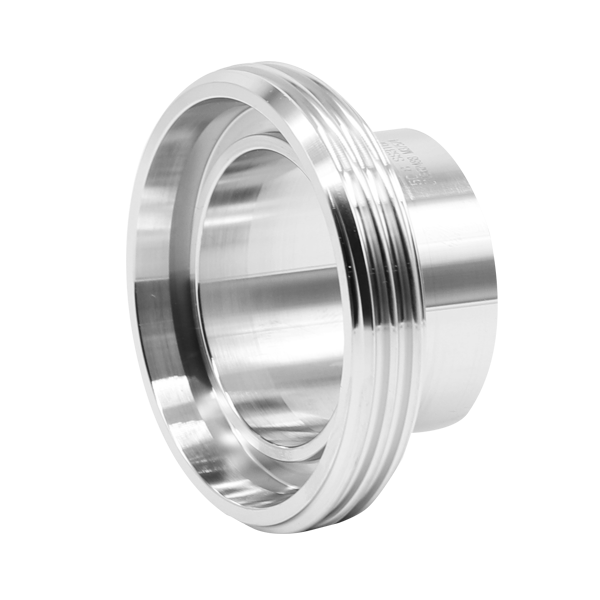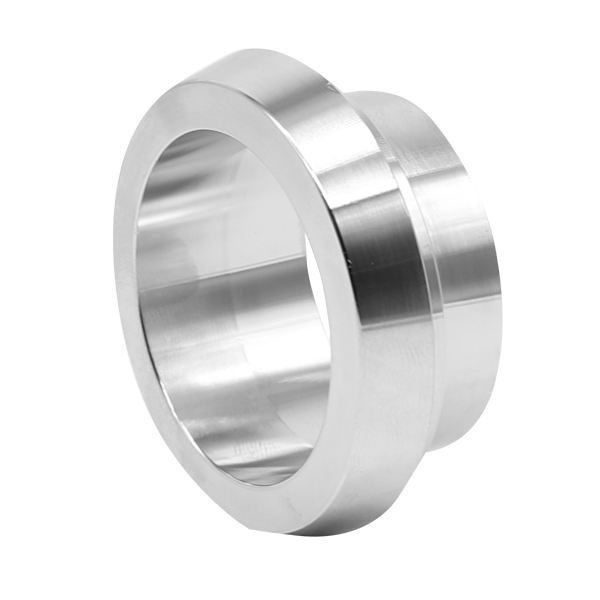The DIN Union is used to connect to or access pumps, machinery, and processing lines. They consist of four parts a male part, a weld liner, a nut and a DIN seal.
About
DIN Unions are similar to RJT Unions however RJT Unions have the stepped seal to fill the crevice. DIN Unions are most common in European countries and are made to suit Diameter Nominal tube sizes. DIN fittings are scarce in NZ and they only suit Diameter Nominal tube sizes which makes it a slight problem for us kiwis that use imperial (inch) tube as they are not suitable to fit and Diameter Nominal tube can be difficult to source.
The Metal Company found a solution to make buying stainless steel easy and developed the DIN inch male part and DIN inch weld liner which both consist of DIN Union that connects to imperial tube sizes – problem solved.
About
DIN Unions are similar to RJT Unions however RJT Unions have the stepped seal to fill the crevice. DIN Unions are most common in European countries and are made to suit Diameter Nominal tube sizes. DIN fittings are scarce in NZ and they only suit Diameter Nominal tube sizes which makes it a slight problem for us kiwis that use imperial (inch) tube as they are not suitable to fit and Diameter Nominal tube can be difficult to source.
The Metal Company found a solution to make buying stainless steel easy and developed the DIN inch male part and DIN inch weld liner which both consist of DIN Union that connects to imperial tube sizes – problem solved.
Videos On DIN Unions
What Are DIN Inch Fittings? | Technical Tuesday
Standard DIN fittings are unable to fit suitably to imperial sizes and DN tube can be difficult to source. The Metal Company developed the DIN Inch Male Part and the DIN Inch Weld Liner which both consist of a DIN union that butt welds perfectly to imperial tube sizes. Watch Huntley discuss.
How to Identify Between DIN, RJT, BSM & SMS Unions
Sanitary unions can be hard to identify between. Let Sinead show you how to differentiate between each of the DIN, RJT, BSM and SMS unions.
What Are DIN Unions?
DIN Unions are often found in NZ on imported pumps, machinery and processing equipment and butt welds to metric tube. Be sure to check out our DIN inch range with imperial sizing to make your install easier.
